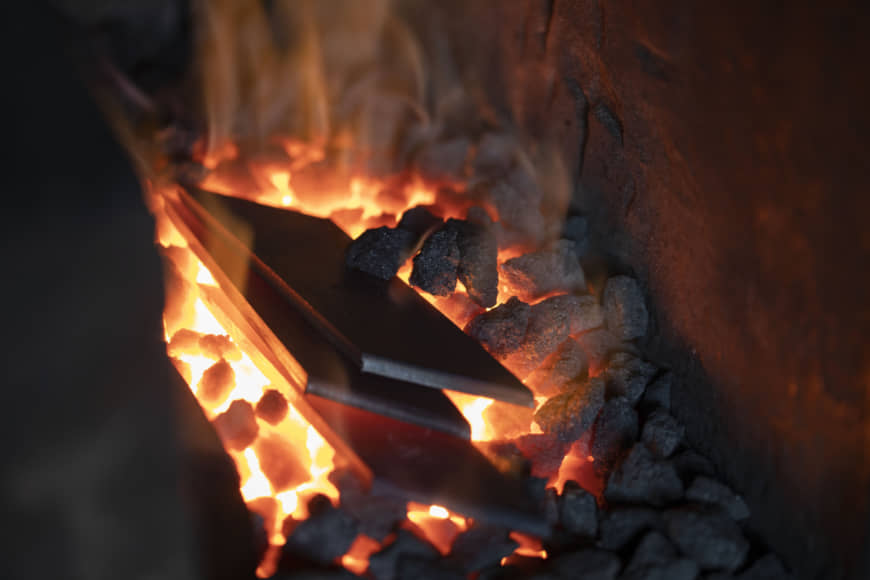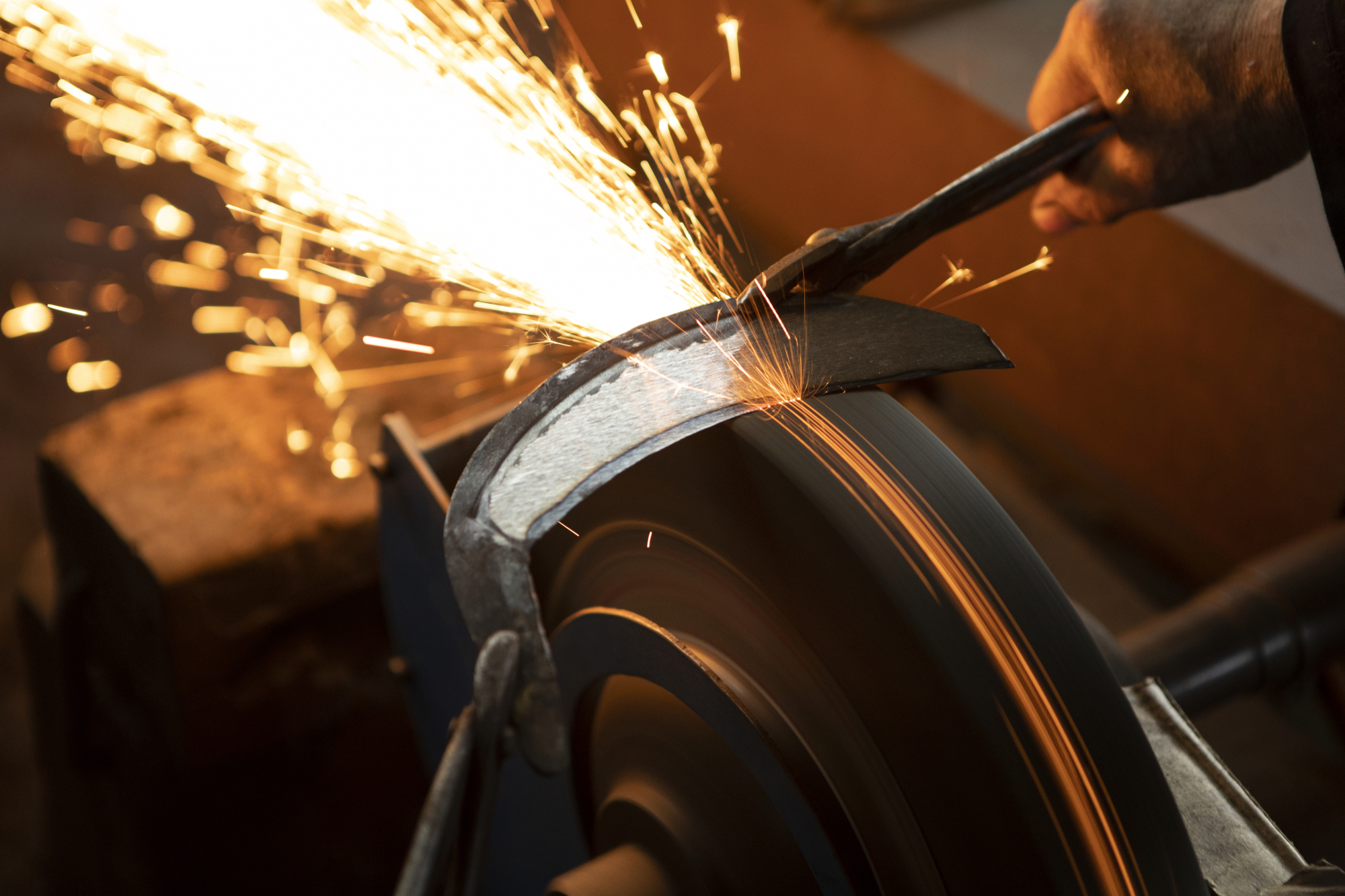The knife slices smoothly and cleanly through a soft, fully ripe tomato, hitting the chopping board with a thud. Echizen knives are sharp, and it's thoroughly satisfying to wield such a finely crafted blade. It's easy to understand why so many top chefs and patissiers throughout Japan and the world put their faith in the amazing blades from Takefu in Echizen.
Takefu has long been famous for the quality of its blades. That history goes back about 700 years, when a Kyoto swordsmith named Chiyozuru Kuniyasu went searching for a source of water pure enough to use in forging swords of the highest quality. He eventually came across the metalworking town of Takefu and settled down there. He continued to make swords, but over time he turned his hand to sickles and other implements for the local farmers, shifting from crafting weapons designed for killing to forging tools that would sustain life.



















With your current subscription plan you can comment on stories. However, before writing your first comment, please create a display name in the Profile section of your subscriber account page.